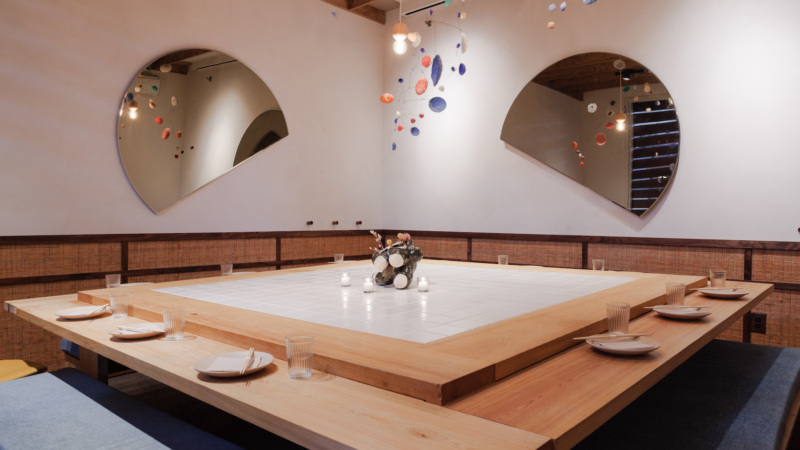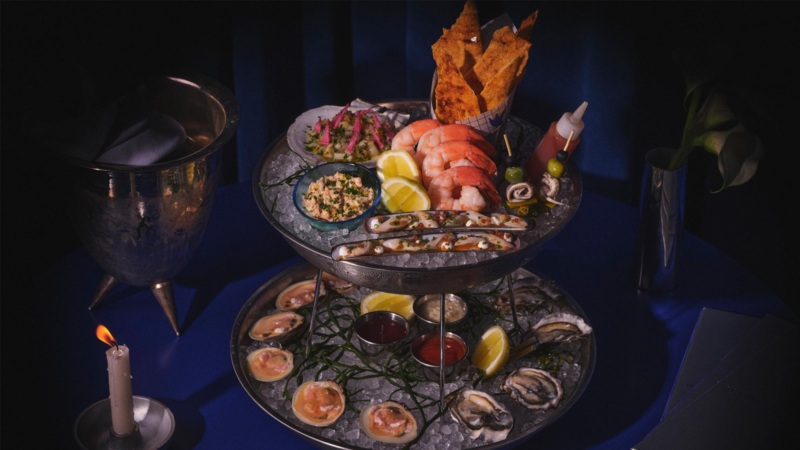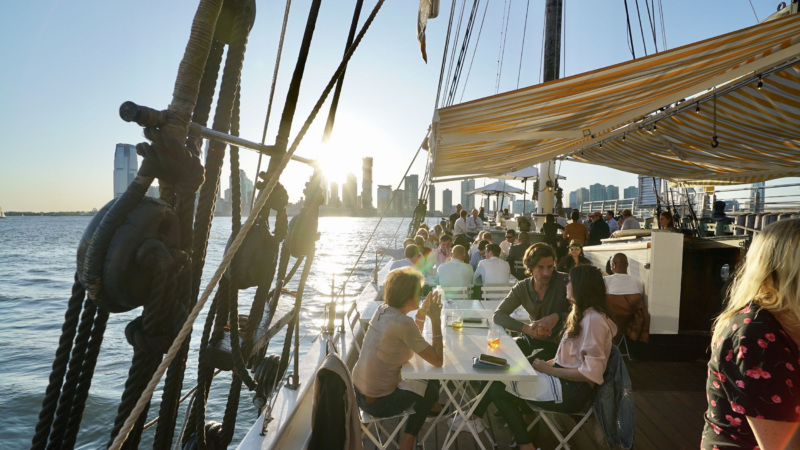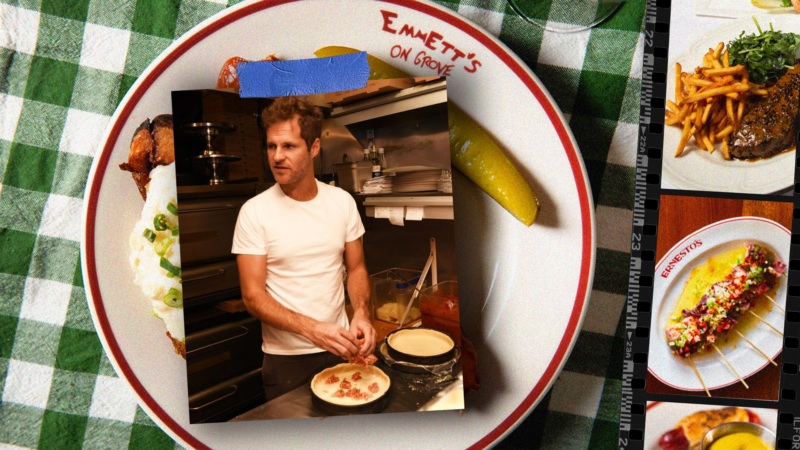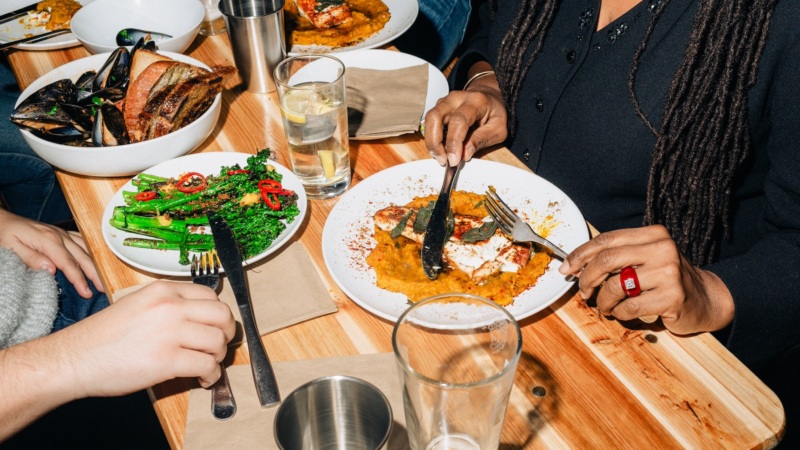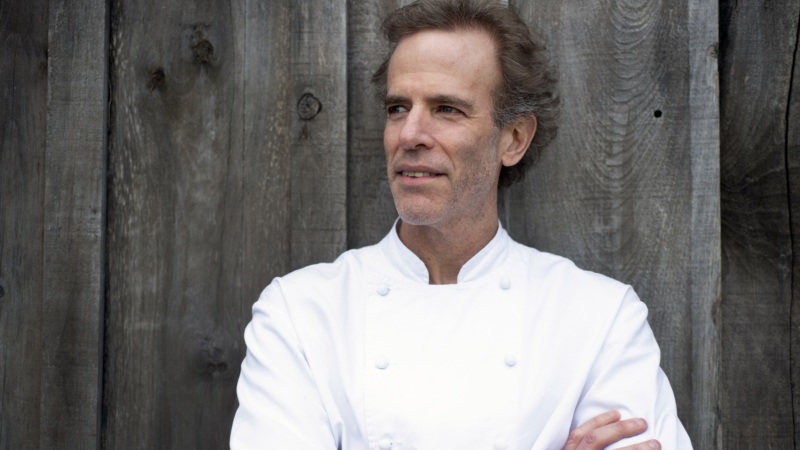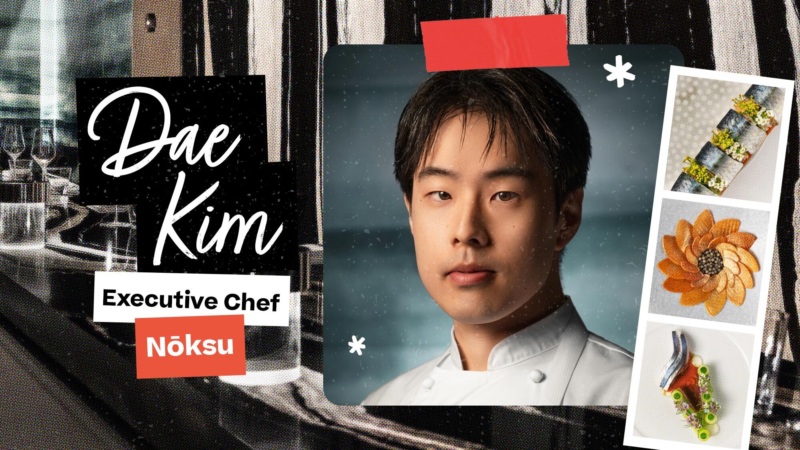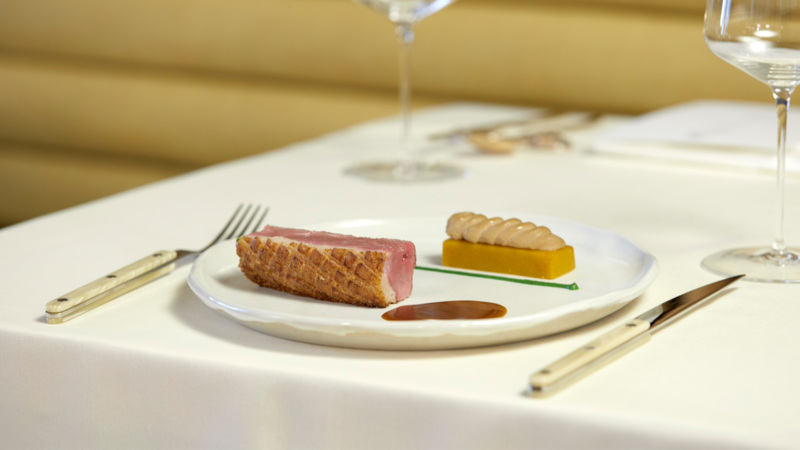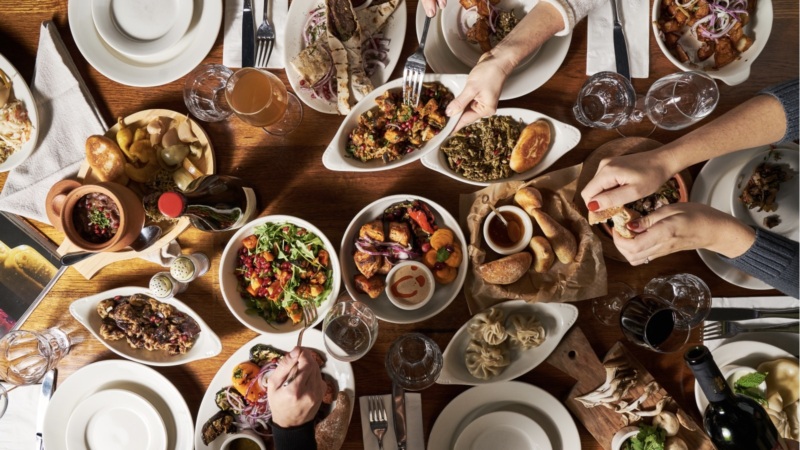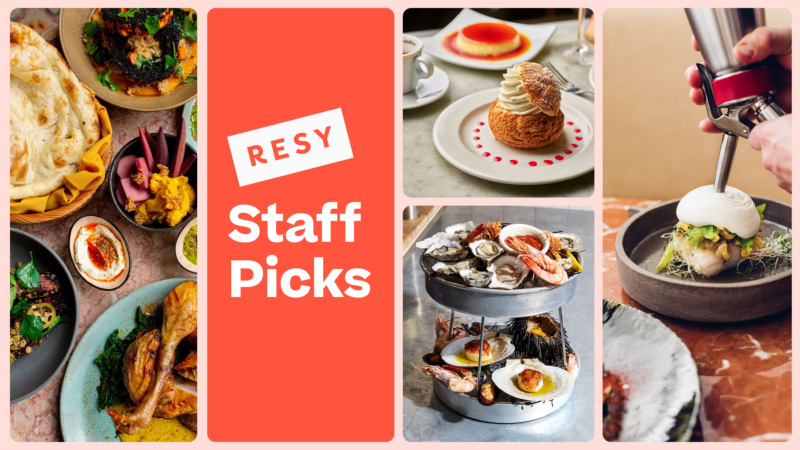
Does Being a Classic Restaurant Mean You Can Never Change?
When El Parador Café opened in 1959, it was one of just a handful of Mexican restaurants in New York City. To compensate, dinner came with a side of instruction. A glossary printed on the back of the menu had notes for tortillas (“a flat round corn cake”) and tamales (“cooked by steam”). Some 60 years later, El Parador is still serving its iconic margaritas, but an updated food menu reflects a wider variety of regional Mexican dishes: Baja fish tacos, chile rellenos, and house made chorizo-filled tortas.
Not everyone feels the need to change. Twenty-one years before El Parador Café ever served its first margarita, a restaurant called Wo Hop opened its doors. The sprawling menu offered Americanized Chinese dishes like lo mein, egg foo young, and other “Oriental specialties,” as they were called. Despite today’s wider availability of Chinese ingredients and a more nuanced, regional understanding of Chinese cuisine, the menu at Wo Hop is largely the same as it was back in 1938 (minus the Oriental stuff).
Here are two time-honored restaurants in New York City that have aged in substantially different ways. Why? Why does a classic like El Parador Café modernize its menu while Wo Hop openly celebrates — and is celebrated for — living in the past? The longer a restaurant lives, it seems, the greater the tension between existing as a symbol of a distant time, and evolving to stay relevant. And more often than not, how a restaurant negotiates that tension is determined by its ZIP code.
Wo Hop opened in 1938, but more importantly, it opened in Chinatown in 1938. The restaurant was in the middle of a neighborhood built specifically to serve a community of Chinese immigrants, while also attracting New Yorkers curious to learn about Chinese food. The food was an adaptation of Cantonese cooking, made with the ingredients and skills available at the time.
Manhattan’s Chinatown is now as much of an experience as it is a neighborhood where people live; tourists mingle with families who have lived above the shops on Mott Street for generations. Over the years, as the old chop-suey style of cooking was replaced by specialty Cantonese barbecue and dessert shops, Wo Hop has remained as an icon of Chinatown’s past, which, in turn, requires that everything about the restaurant stays the same. These days, Wo Hop is where people go when they are looking for history, either to witness it or to relive it.
The same is true for classic restaurants in other historically ethnic neighborhoods, like Little Italy — where, for example, Lombardi’s opened in 1905 and claims to be the longest standing pizza parlor in America (in other words, a classic). Today, it is one of the most popular gastrotourism destinations in the city, primarily, I think, because it commemorates the emergence of a uniquely American identity: the Italian American. A slice of Lombardi’s pizza is essentially a slice of American history. As an artifact, it would be criminal to change anything about the experience.
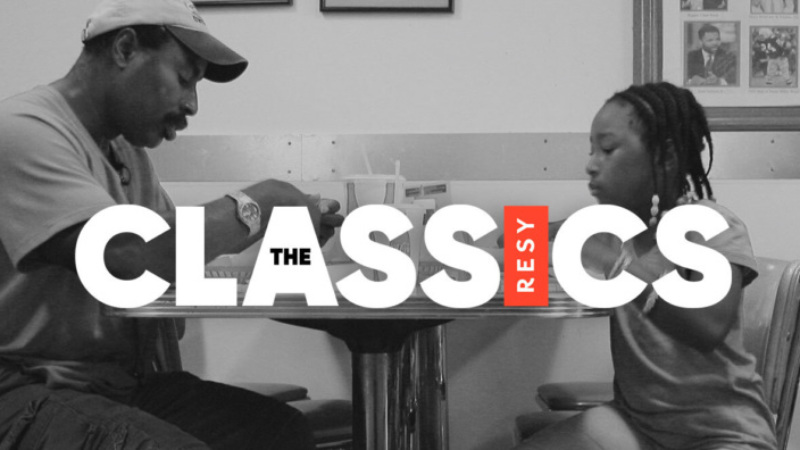
- At Lem’s Bar-B-Q, Comfort Comes in a Plaid Paper Boat
- At Places Like Brazen Head, It’s All About the People
- On Chicago’s South Side, Josephine’s Preserves the Lineage of Soul Food
- The Most Amazing Things Can Happen After a Meal at Sparks
- Vigil Mass, or, A Friday Lunch at Galatoire’s In the Midst of 2021
- More Stories
But in other parts of the city, where demographics tell a different story, restaurants face more pointed challenges. El Parador opened on the corner of East 31st Street and Second Avenue in Manhattan, away from what existed of any Mexican enclaves in the city at the time, serving a mostly white community that didn’t know much about Mexican food. In fact, the early menu was mostly a mix of “border town” Mexican American and Spanish dishes (the original owners had lived in Arizona and Spain, respectively). Despite relocating a few blocks north, El Parador still exists in a transient neighborhood without a significant connection to Mexican culture. Like a fish out of water, it had to adapt to survive.
El Parador was built to bring a taste of Mexico to curious diners in Midtown Manhattan. As knowledge of Mexican cuisine evolved and newer restaurants opened to serve this knowledge, from Rosa Mexicano and Zarela in the 1980s to modern restaurants like Casa Enrique or Atla, El Parador has also changed to stay relevant. In this case, nostalgia alone wasn’t enough to live on. But the change wasn’t total — you can still find dishes like hard-shelled tacos and chili con carne mixed in with newer items. Balancing the past with the present is good business; it allows El Parador to cast the widest net in its neighborhood. While it may not be a destination restaurant in the way that Wo Hop and Lombardi’s are, El Parador is the oldest Mexican restaurant in New York City, and still going strong.
▪️
Every restaurant is built
by and for a community.
And because every
community is unique,
there isn’t one way
to grow as a restaurant.
▪️
Sometimes, a third option is necessary — and a restaurant has to completely reinvent itself. In 2018, The Woo opened as a reboot of a much older restaurant known as Woo Lae Oak, which was one of the city’s earliest Korean restaurants, having opened in 1974. The Woo’s legacy is slightly less linear, but its past is no less pioneering. Though it first opened in Midtown, after a fire, Woo Lae Oak relocated to SoHo in 1999, a gentrifying neighborhood with no significant connection to Korean food and culture. Woo Lae Oak’s menu of tabletop grilled meats and various kimchi was, like El Parador, a blend of enjoyment and education. The restaurant closed in 2011, but the owner’s daughter, Julie Choi, renamed and re-opened the concept in 2018. She decided to keep the restaurant in SoHo, but overhauled the menu to keep up with the changes in ingredient availability, technical skills, and general knowledge about Korean cuisine.
All of which is to say: Every restaurant is built by and for a community. And because every community is unique, there isn’t one way to grow as a restaurant. Is one choice better than another? I don’t believe it is. Not everyone is going to understand or appreciate old school dishes like egg foo young or hard-shelled tacos, but at the same time, not everyone wants to see change. In a city like New York, where things disappear so fast, classic restaurants are historical treasures. Regardless of how updated or outdated they seem; each one tells us something interesting about ourselves. And in order to carry on doing this, restaurants need to know which path can best sustain them.
Mahira Rivers is a restaurant critic and writer based in New York, and Resy’s New York columnist. In addition to spending five years as an anonymous inspector for The Michelin Guides, her writing has been published in The New York Times, New York Magazine, Food & Wine, GQ and elsewhere. Follow her on Twitter and Instagram. Follow Resy, too.











